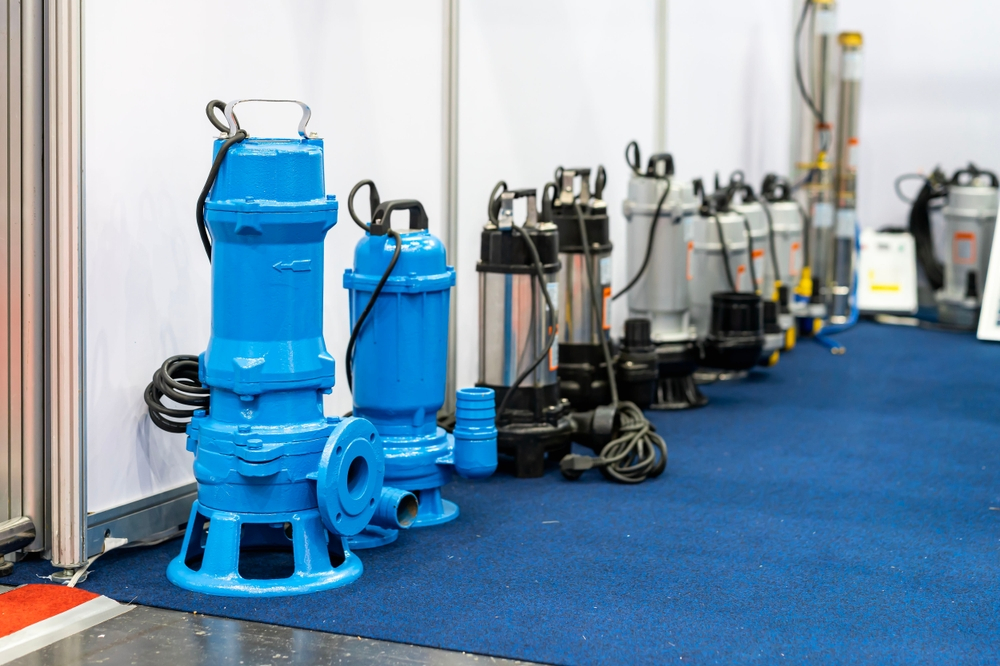How to Select a Slurry Pump

Selecting the right slurry pump for your operation is no small feat. With a myriad of options available, it can be overwhelming to find the perfect fit for your specific needs. That’s why we’ve crafted this comprehensive guide to help you understand how to select a slurry pump that is perfectly tailored to your project’s requirements. From understanding the nature of your slurry to diving deep into the technical aspects, we’ll guide you every step of the way.
Why Slurry Pump Selection Matters
The proper selection of a slurry pump is pivotal in various industrial applications. It significantly impacts efficiency, cost-effectiveness, and system performance. In this guide, we’ll delve into why slurry pump selection matters and provide valuable insights to help you make informed choices for your specific needs.
The Consequences of Wrong Selection
| Problem | Description | Long-Term Impact |
| Frequent Breakdowns | An incorrect pump will not withstand the slurry type, leading to frequent failures. | Increased downtime and maintenance costs |
| Increased Energy Usage | An inefficient pump will require more power to operate. | Higher operational costs |
| System Failure | A severely mismatched pump can lead to system failure. | Project delays, increased costs, potential safety risks |
The Benefits of Correct Selection
Choosing the right pump means more than just avoiding the negative consequences; it translates into better performance, reduced energy consumption, and lower operational costs. Moreover, it can extend the longevity of other system components as well.
Understanding the Nature of Your Slurry
To make an informed pump selection, one must fully understand the slurry that the pump will handle. This involves evaluating several aspects:
- Particle Size and Shape: Is the material fine like sand, or more substantial like pebbles? Round particles are less abrasive to the pump, whereas angular shapes cause faster wear.
- Slurry Composition: What is the slurry made of? The pump material should be compatible with the slurry. For instance, a slurry rich in acidic chemicals should not be pumped using a material that is susceptible to corrosion.
- Slurry Density: Denser slurries will require more power to move, affecting both the pump and motor selection.
- Slurry Temperature: High-temperature slurries might require specialized materials to withstand the heat, affecting the overall cost and durability of the pump.
Key Factors in Slurry Pump Selection
When it comes to selecting a slurry pump, a few vital parameters come into play.
Flow Rate
This is usually calculated in gallons per minute (GPM) or cubic meters per hour (m³/h). Incorrect flow rate selection can result in either an underperforming or over-performing pump, both of which have negative ramifications on the overall system.
Head Pressure
The head pressure refers to the height that the pump can lift the slurry. You’ll find that pumps are often categorized based on their capability to produce high or low “heads.”
Efficiency
Pump efficiency correlates directly with operational costs. The more efficient a pump is, the less power it requires, directly affecting your electricity bills.
Material
Pumps come in a variety of materials ranging from standard ones like cast iron to more specialized materials like Hastelloy or duplex stainless steel. The correct material choice can have a significant impact on the pump’s lifespan and operational cost.
Types of Slurry Pumps
| Type | Description | Best Suited For |
| Horizontal Pumps | Easier to install and generally easier to maintain | Mining, wastewater treatment |
| Vertical Pumps | Good for deep pits and sumps | Deep wells and sumps |
| Submersible Pumps | Ideal for submerged applications | Sewage treatment plants |
| Positive Displacement Pumps | Perfect for viscous slurry | High viscosity applications like oil or food processing |
Motor and Drive Considerations
Motor sizing directly influences pump performance and efficiency. It’s crucial to ensure that the motor’s power rating is neither too high nor too low for the selected pump.
Variable Frequency Drives (VFDs)
VFDs offer a way to adapt the pump speed according to the requirement. They can be particularly beneficial for systems where the flow rate requirements vary over time.
Direct Drive vs. Belt Drive
Direct Drive systems are more compact but offer less flexibility in adjusting pump speed. Belt Drive systems, on the other hand, are usually more adaptable but might require more space.
Cost Considerations
When considering how to select a slurry pump, you’ll want to account for the Total Cost of Ownership (TCO), which includes the initial cost, operational expenses, and maintenance costs. Focusing solely on the upfront cost can lead to more considerable expenses down the line.
Certifications and Standards
Ensure that the slurry pump you select meets industry standards and certifications. This will often give you an assurance regarding the pump’s quality, durability, and efficiency.
Installation and Maintenance
Always opt for professional installation to ensure optimal performance. Regular maintenance schedules should also be adhered to; no pump, however high-quality, is immune to wear and tear.
Conclusion
Navigating through the intricacies of slurry pump selection doesn’t have to be a daunting task. We hope this comprehensive guide has given you the clarity and confidence you need on how to select a slurry pump that aligns perfectly with your operational requirements. Remember, the right choice can significantly impact not only the efficiency but also the longevity and cost-effectiveness of your entire project. Make an informed decision, and you’re well on your way to optimized performance and minimized operational risks.
